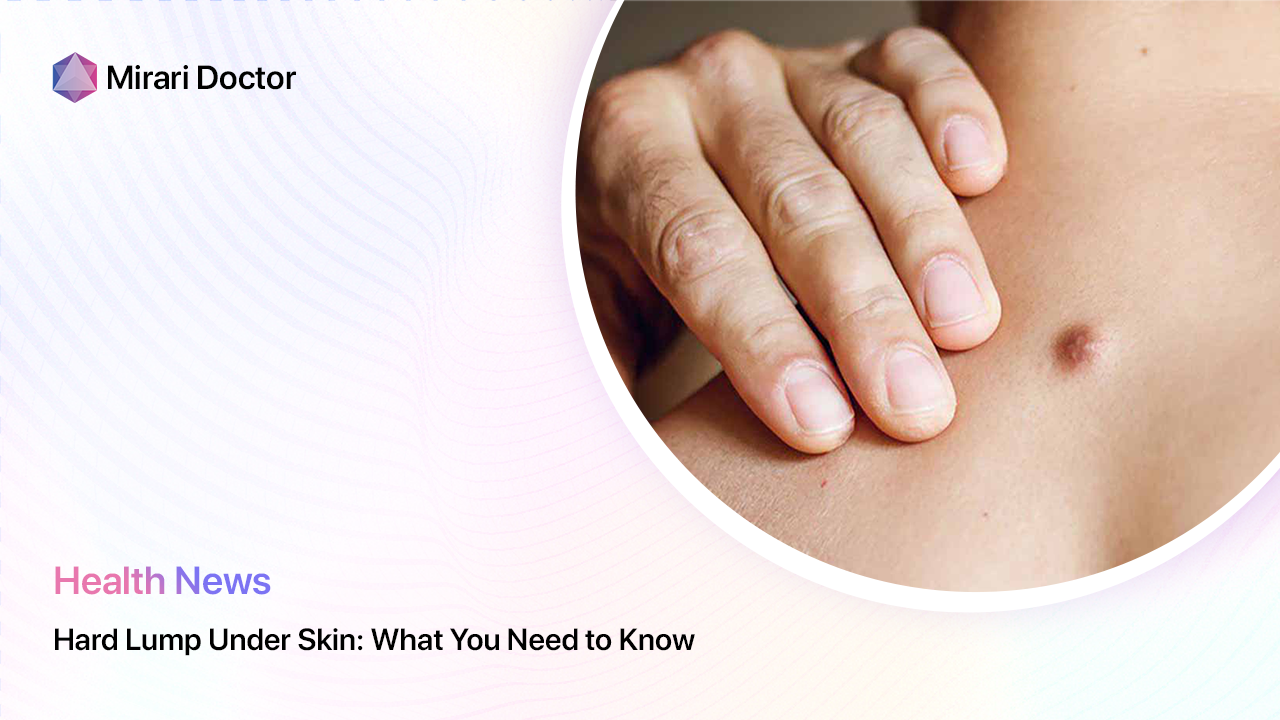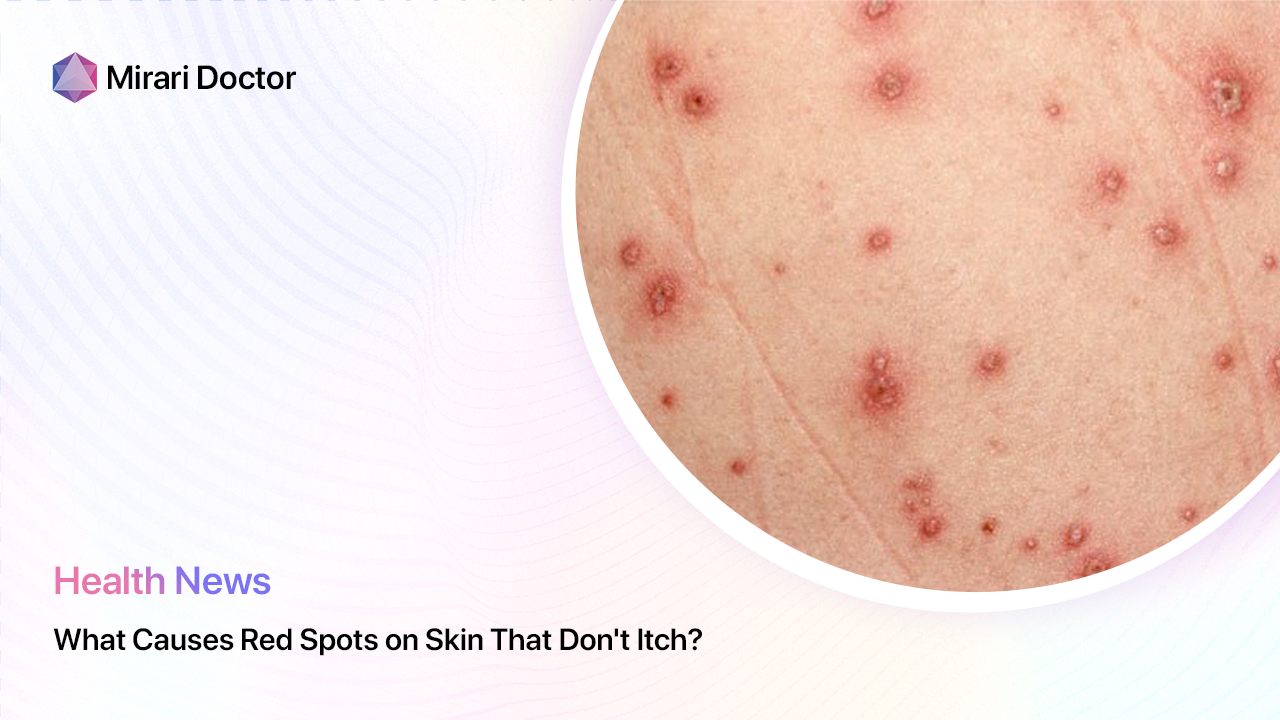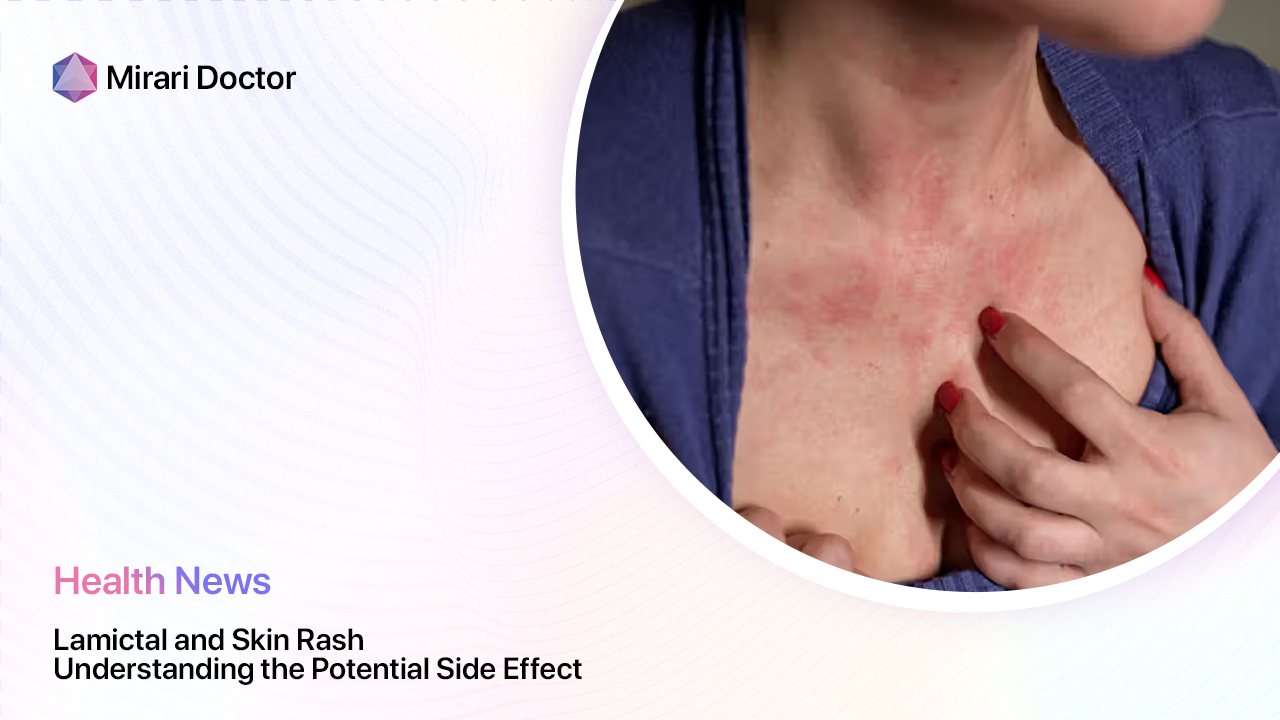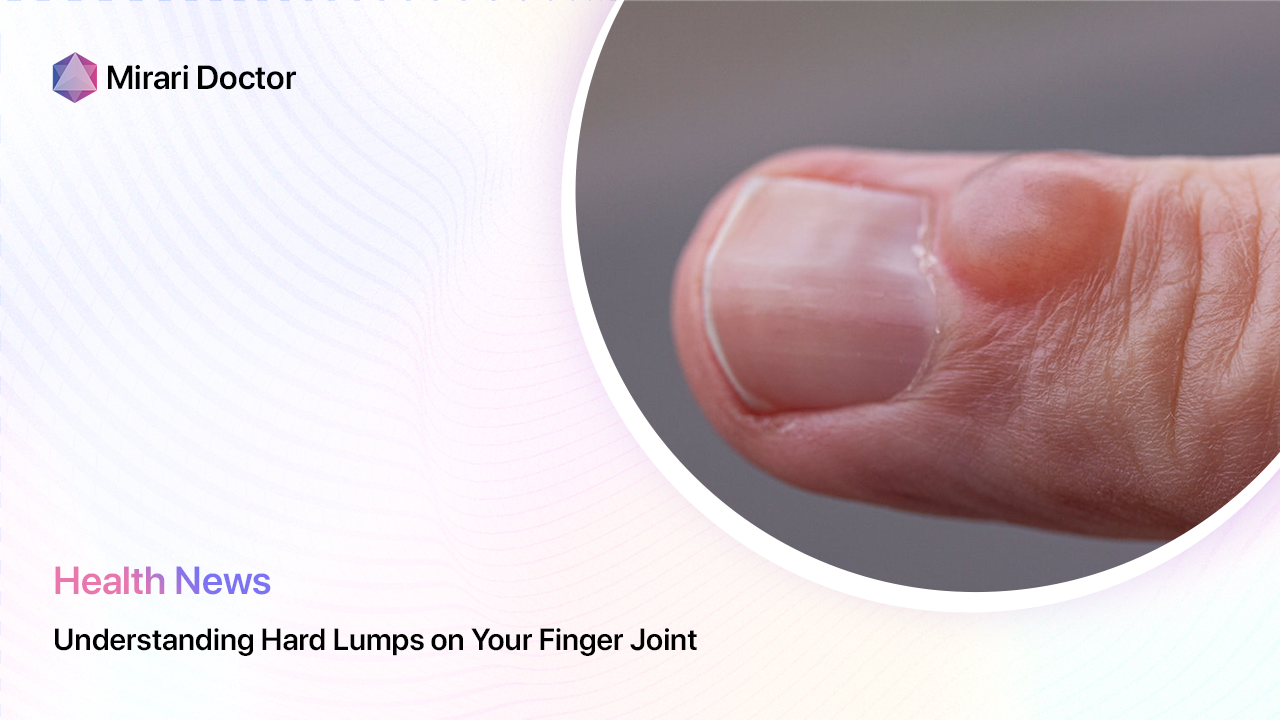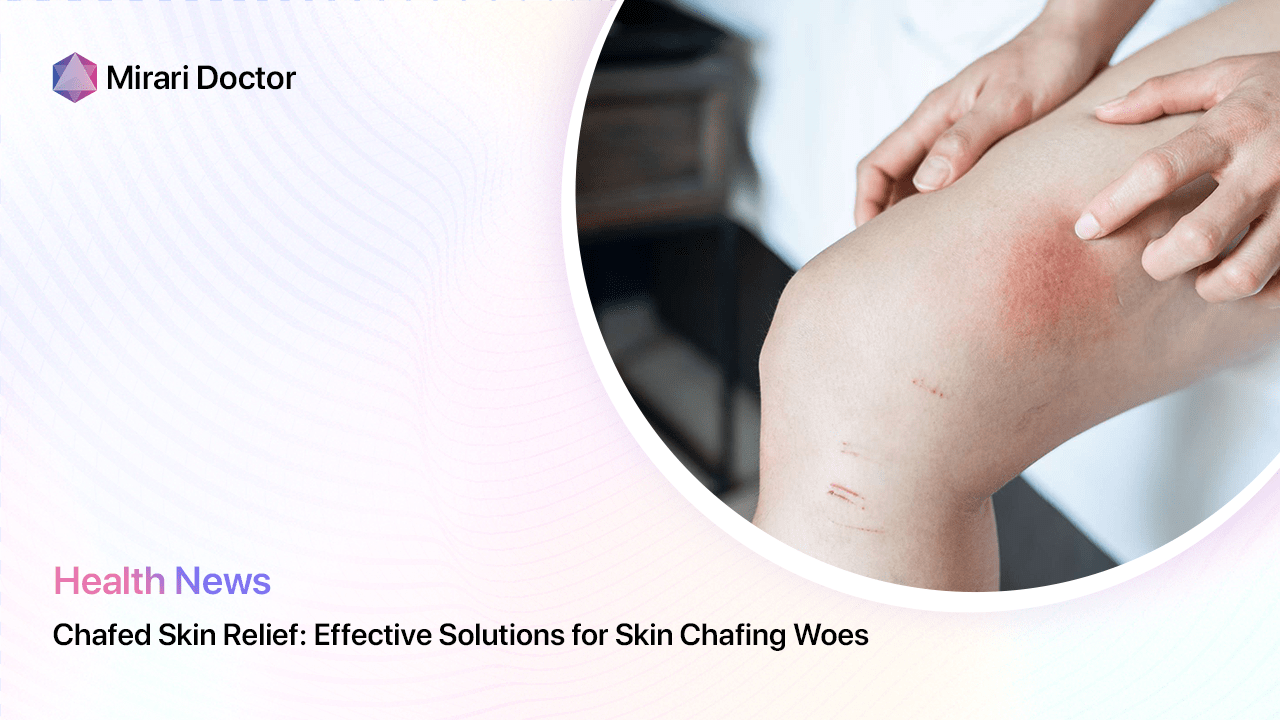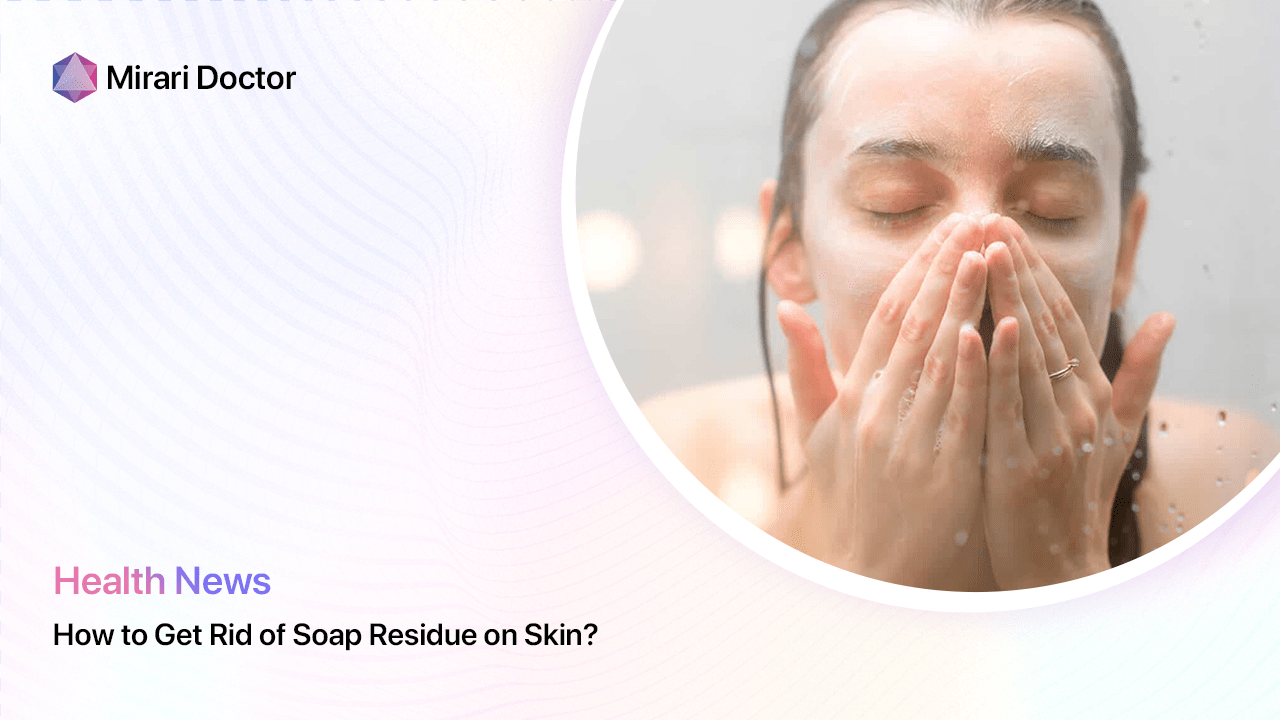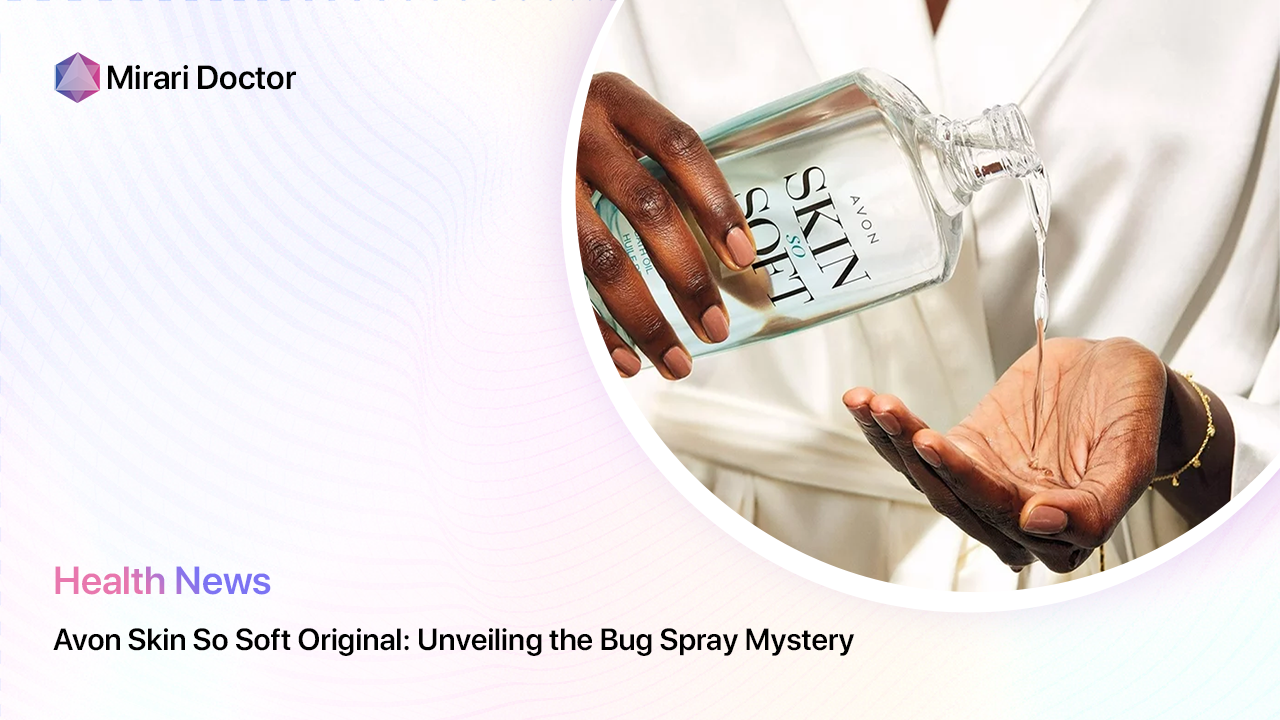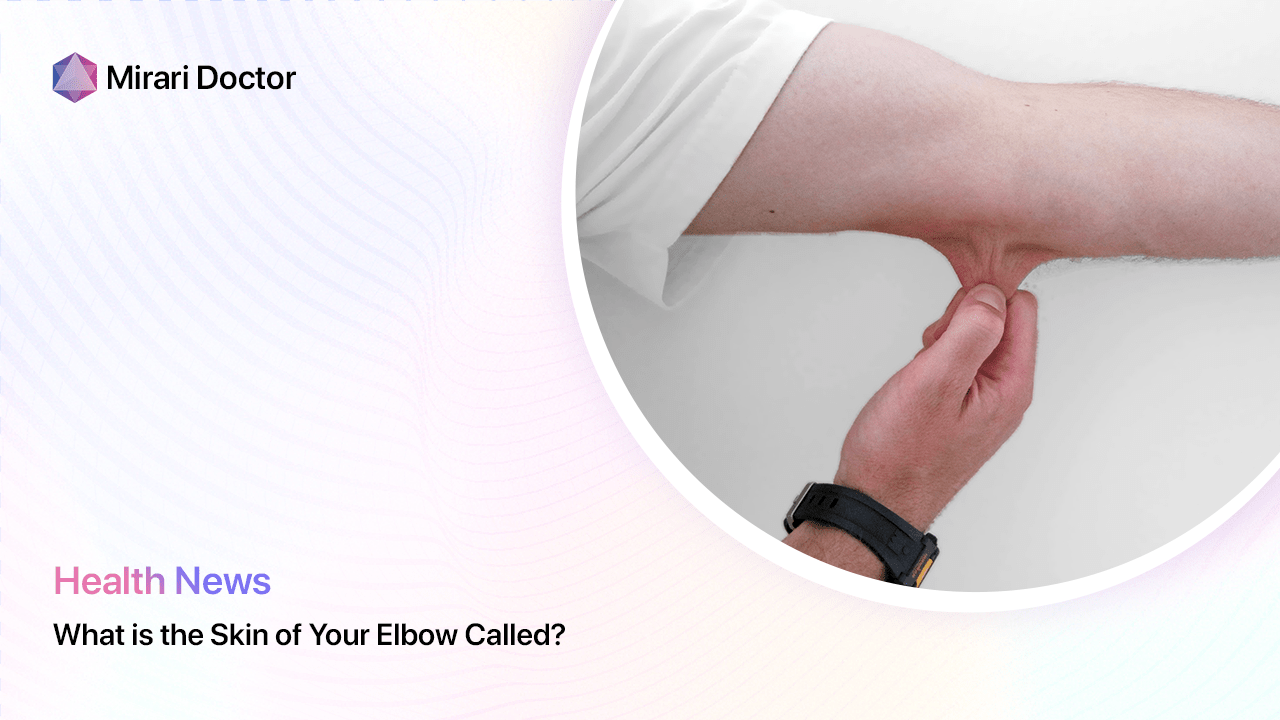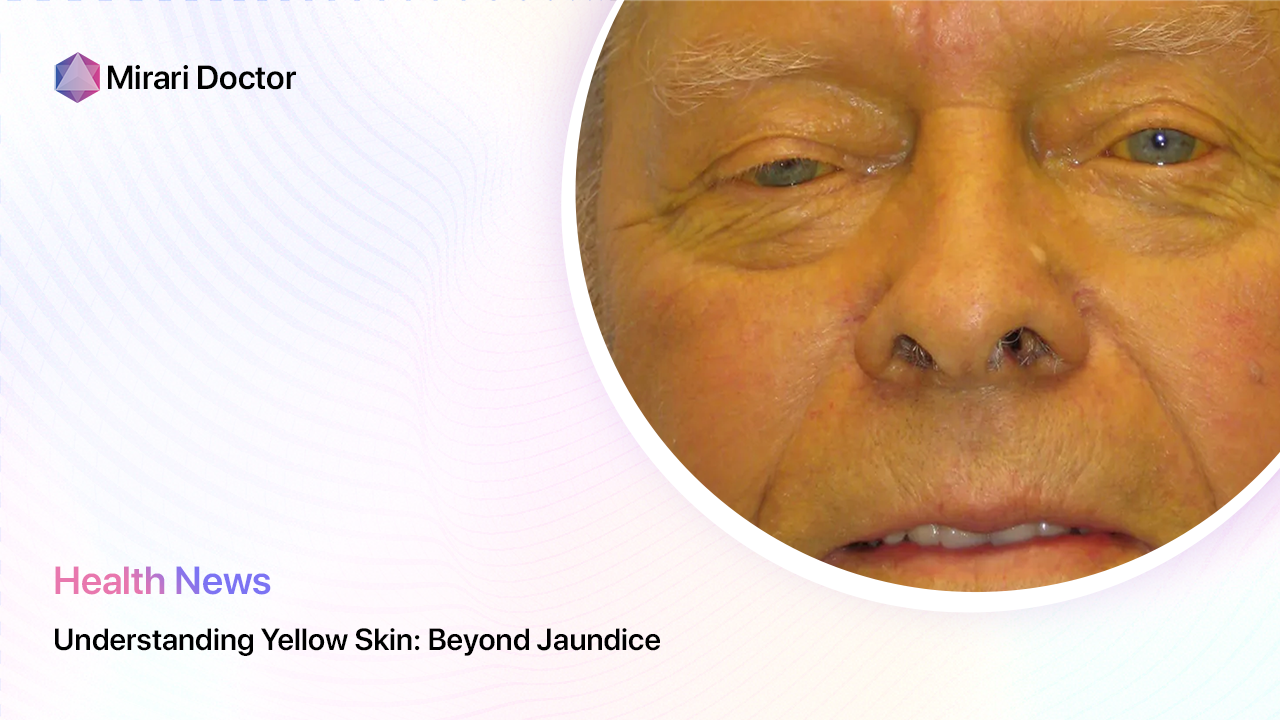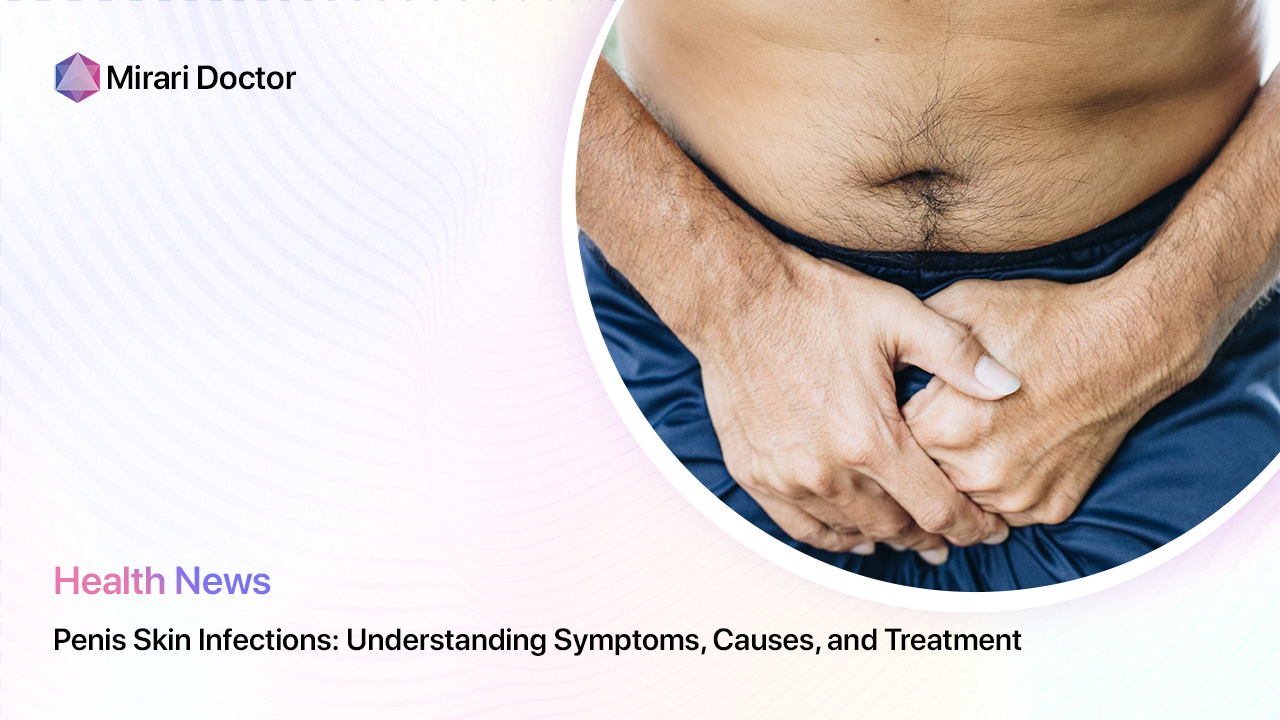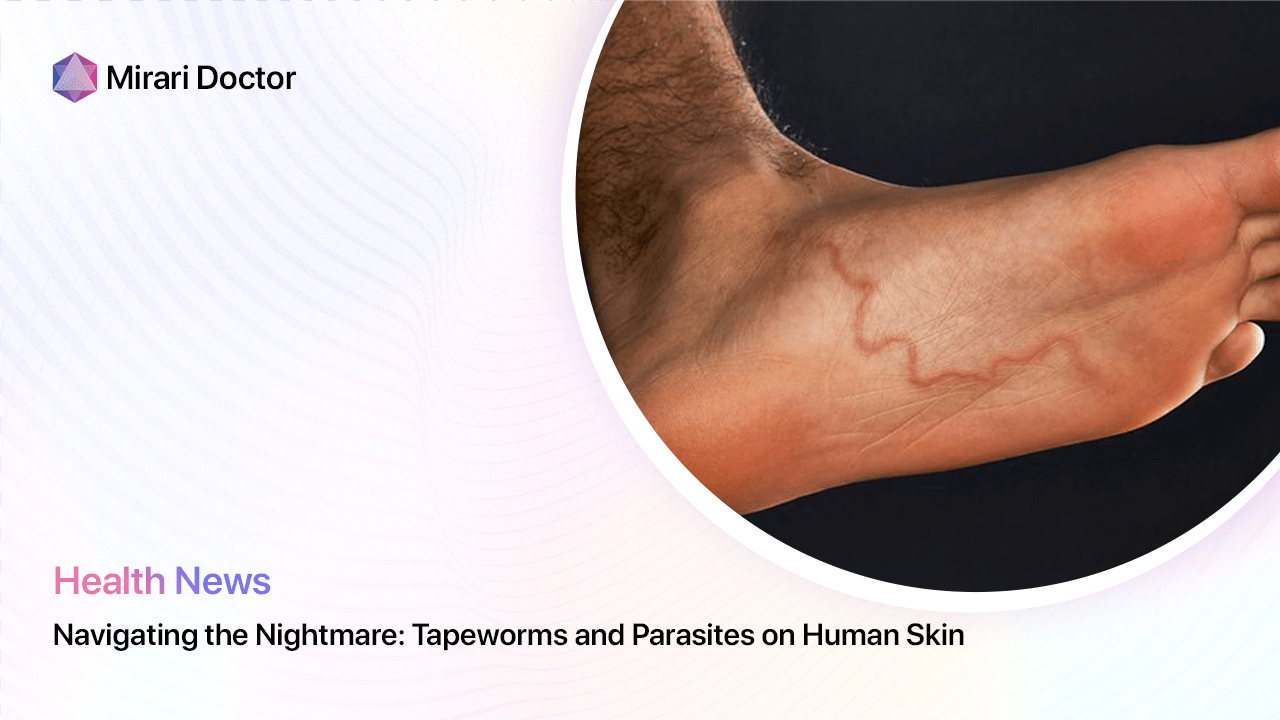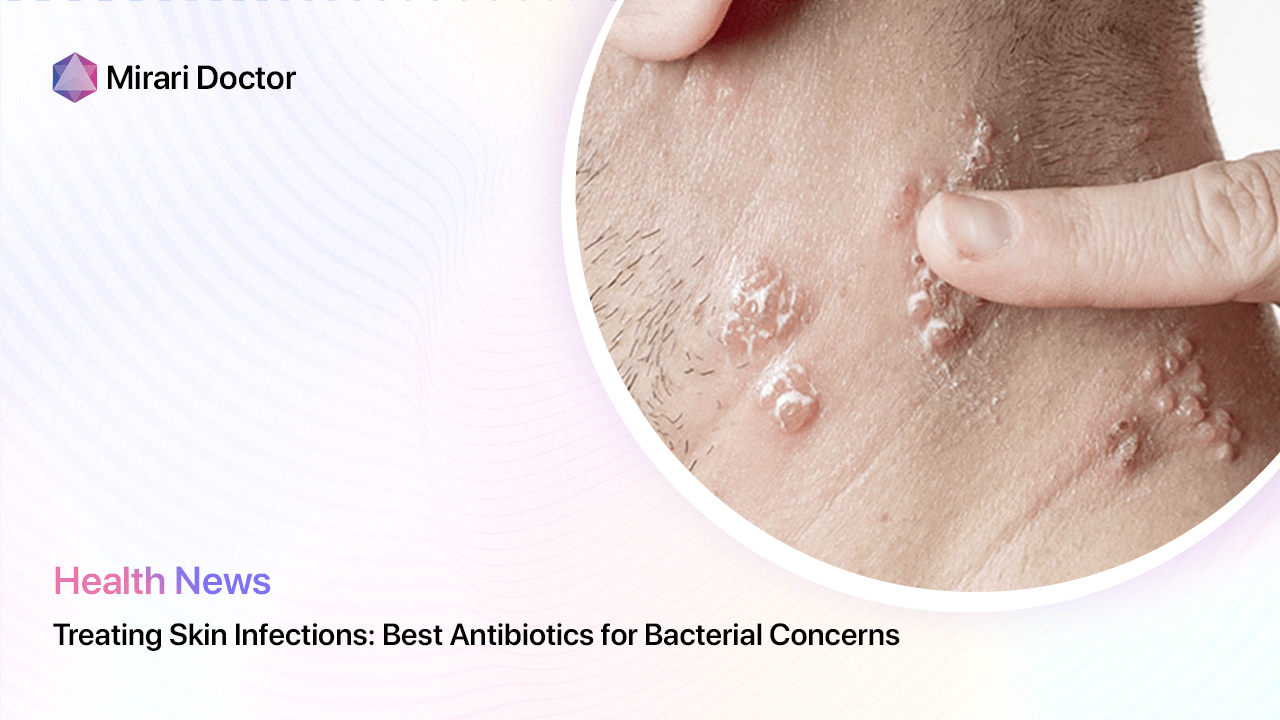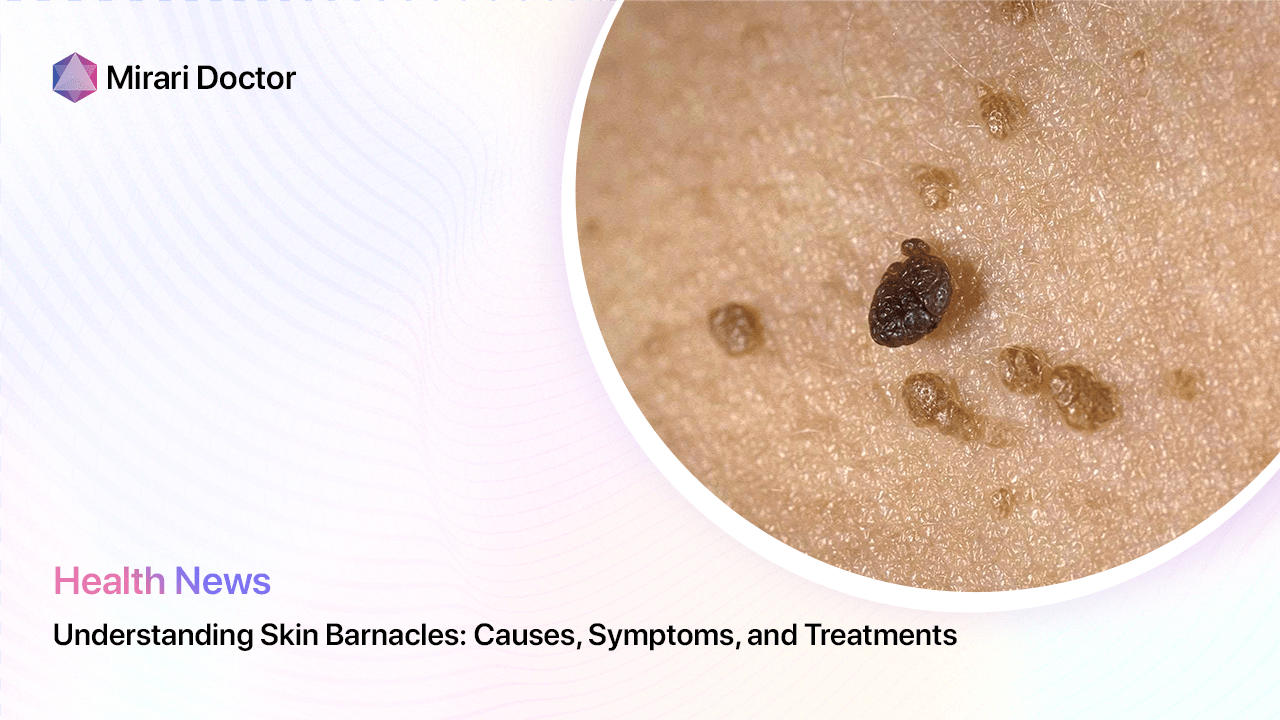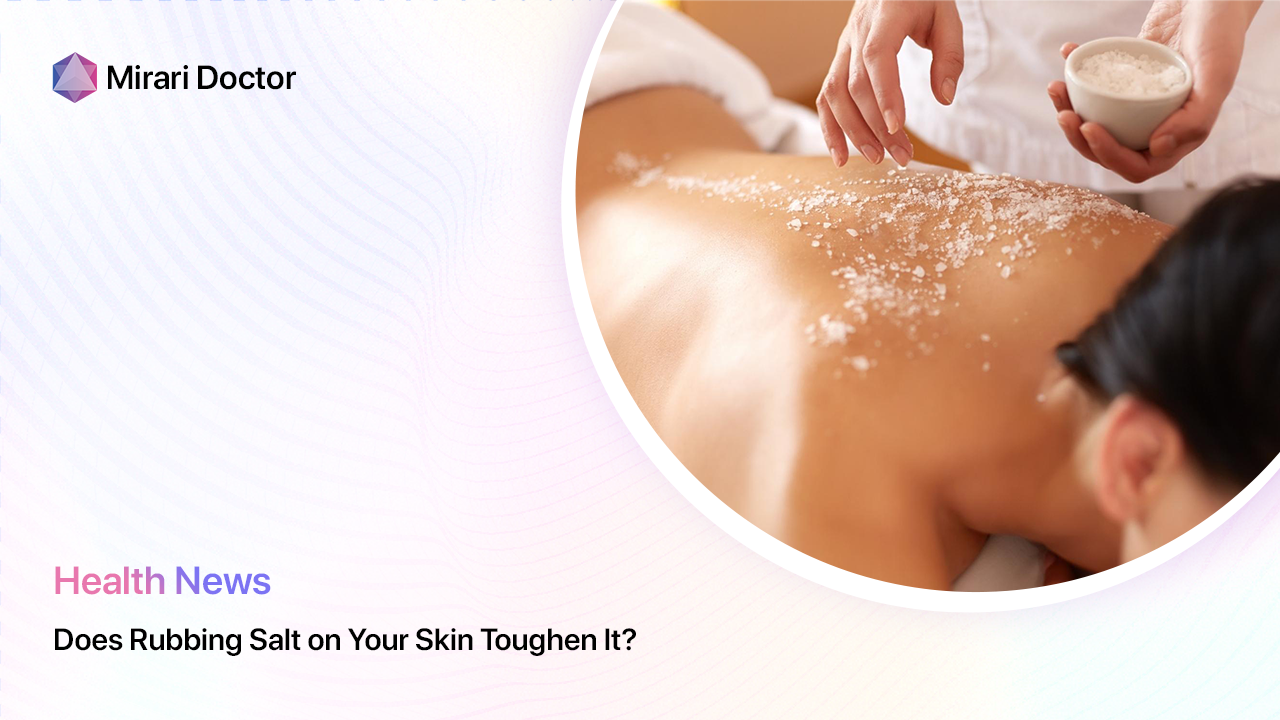
Have you heard that rubbing salt on your skin can make it tougher? Some martial artists and athletes claim that this technique, called “salt toughening”, can harden and condition the skin to make it more resistant to cuts, scrapes and impact. But does it really work? Let’s take a look at the science behind this practice and whether rubbing salt on your skin is safe and effective.
What is Salt Toughening?
Salt toughening is a traditional practice used by some martial artists, especially in Muay Thai kickboxing and Karate. The idea is that by repeatedly rubbing coarse salt on the skin of the hands, arms, shins and feet, you can thicken and harden the skin over time. This is thought to make the skin tougher and more resistant to the impacts and abrasions experienced when striking or blocking.
The salt used is typically coarse sea salt or rock salt. It is rubbed vigorously onto the skin in a circular motion for several minutes. This is often done as part of a daily conditioning routine. Over time, the outer layer of skin, called the epidermis, may thicken and form calluses in response to the repeated abrasion.
Does Science Support Salt Toughening?
While many martial artists swear by salt toughening, there is limited scientific evidence that it actually makes the skin significantly tougher. Here’s what research tells us about how the skin responds to repeated friction and abrasion:
Friction and the Skin Barrier
The outermost layer of the epidermis is called the stratum corneum. It consists of dead skin cells called corneocytes that are filled with keratin, a tough protein that helps skin resist physical and chemical damage.[1]
Repeated friction and pressure on the skin, whether from rubbing with salt or other rough surfaces, can stimulate the skin to produce more keratin and thicken the stratum corneum. One study found that applying friction to the skin daily for a few weeks increased the thickness of the stratum corneum by over 50%.[2]
Callus Formation
Extended periods of repeated friction and pressure cause the skin to form thickened, hardened areas called calluses. This is the skin’s way of protecting itself from blisters, cuts and other damage.
Calluses are made up of the same material as the stratum corneum – compacted layers of dead keratin-filled skin cells. But in a callus, these layers are much thicker. A callus can be up to ten times thicker than normal skin.[3]
So in theory, regularly rubbing salt on the skin could cause local callusing and thickening of the epidermis over time. The salt crystals act as an abrasive to create more friction than rubbing with hands alone.
Limitations of Skin Thickening
However, there are limits to how much the skin can thicken, even with consistent salt rubbing. Genetics play a major role in determining skin thickness. Some people naturally develop thicker skin and calluses more readily than others.
Additionally, the skin has mechanisms to regulate its own thickness. When the stratum corneum reaches a certain thickness, the rate of new skin cell production slows down to prevent it from building up too much.[4] So there may be a ceiling to the toughening effects that can be achieved.
It’s also important to note that thicker skin is not necessarily “tougher” skin. Calluses may make skin more resistant to blisters and abrasions. But a thick callus can still be cut or torn by a sharp enough object. And thickened skin is not any more resistant to bruising from blunt impact.
Is Salt Toughening Safe?
While rubbing salt on the skin may provide some minor toughening effects over time, it’s crucial to consider the safety and risks of this practice:
Skin Irritation and Inflammation
One of the biggest concerns with salt toughening is that it can cause significant skin irritation and inflammation, especially when done too aggressively. The coarse salt crystals can create micro-tears in the skin, disrupting the skin barrier and triggering an inflammatory response.
Salt is also very drying to the skin. It draws moisture out of the skin cells, which can leave skin feeling tight, rough and cracked. Excessive dryness compromises the skin’s barrier function, making it more prone to irritation and infections.
If the skin is rubbed too hard, for too long, or too frequently, it can become red, raw and painful. Repeated damage to the skin barrier increases the risk of developing chronic skin conditions like dermatitis or eczema.
Increased Risk of Infection
Another risk of salt toughening is that it can make the skin more vulnerable to infections. By creating small cracks and fissures in the skin barrier, vigorous salt rubbing gives bacteria and other pathogens an easier route to invade the deeper layers of skin.
This is especially concerning if salt toughening is done on skin that is already cut, scraped or blistered, which is common for martial artists and athletes. Rubbing salt into broken skin is very painful and can introduce infection.
Staph infections of the skin are a particular risk. One study found that taekwondo athletes were more likely to carry MRSA, an antibiotic-resistant staph bacteria, on their skin.[5] Disrupting the skin barrier with abrasive techniques like salt rubbing could enable dangerous skin infections to take hold.
Potential for Nerve Damage
Some experts also warn that repeated, aggressive rubbing and friction could potentially cause damage to the fine nerve endings in the skin over time. This could lead to reduced sensation or numbness in the affected areas.
However, more research is needed in this area. While there are anecdotal reports of martial artists losing feeling in their striking surfaces after years of conditioning, it’s not clear how much of this can be attributed specifically to salt rubbing versus the cumulative impacts of training.
Safer Alternatives to Salt Toughening
Given the limited benefits and potential risks, most sports medicine experts advise against salt toughening as a regular conditioning practice. There are safer ways to condition and toughen the body for martial arts and other high-impact sports. Here are some alternatives:
Gradual, Progressive Training
The best way to condition the body and skin is through a gradual, progressive training program that allows time for the body to adapt and strengthen slowly. For martial artists, this means taking time to properly learn techniques and build up striking power and endurance slowly.
Rushing the conditioning process with excessive high-impact training and aggressive skin abrasion techniques is more likely to lead to injuries that sideline training. Patience and consistency are key. Small micro-traumas to the skin and tissues from training stimulate them to adapt and get stronger, but only if given appropriate rest and recovery.
Proper Technique and Protective Gear
Using proper body mechanics and technique is crucial for avoiding injuries and conditioning the body safely. Poor technique puts unnecessary stress on the joints and soft tissues.
Wearing appropriate protective gear like padded gloves, shin guards, and headgear during sparring and drills can help protect and condition the skin and body while minimizing the risks of cuts and impacts. Martial arts governing bodies require the use of protective equipment, especially for competitions.
Moisturizing and Skin Care
Rather than intentionally drying and abrading the skin, athletes should focus on maintaining healthy skin that can withstand the rigors of training. After training, gently washing the skin and applying a moisturizing lotion can help keep the skin hydrated and supple. Well-moisturized skin is actually more resilient than dry, cracked skin.
If calluses do develop, gently filing them down with a pumice stone can help keep them from getting too thick and prone to painful cracks. But it’s best not to pick at or try to remove calluses entirely, as they do offer some protective benefits.
Strength and Conditioning Training
For martial artists, the best defense is not tougher skin – it’s being able to avoid getting hit in the first place. Focusing training on agility, speed, endurance and proper blocking and striking technique is far more valuable than any skin toughening regimen.
Resistance training to strengthen the muscles, bones and connective tissues makes the body more resilient as a whole. Strong, balanced muscles provide better protection for the joints and organs. And denser bones are less likely to break under impact.
The Bottom Line
While some martial artists still practice salt toughening in an attempt to condition their skin, the science behind this traditional technique is lacking. Rubbing salt on the skin may lead to some thickening and callusing over time, but the effects are limited and come with risks of irritation and infection.
For athletes and martial artists looking to toughen up, focusing on gradual, progressive training, proper technique, and good recovery practices is a better approach than intentionally damaging the skin. Strength, speed and agility will serve you far better in the ring than rough, callused skin.
If you do choose to experiment with salt toughening, be sure to start very slowly and gently. Stop if you experience prolonged redness, irritation, or broken skin. Clean and moisturize the skin well after each session. And if you develop any signs of skin infection, see your doctor promptly.
Remember, the skin is the body’s first line of defense. Treat it with care, and train smart to optimize your body’s resilience from the inside out. Toughness comes from the sum of your training, not the roughness of your skin.
Key Takeaways
- Salt toughening involves rubbing coarse salt on the skin to thicken and harden it
- Repeated friction and pressure can stimulate the skin to produce more keratin and form calluses
- However, the skin-thickening effects of salt rubbing are limited, and genetics play a major role in skin thickness
- Rubbing salt on the skin can cause irritation, dryness, and inflammation, and may increase the risk of skin infections
- Gradual, progressive training, proper technique, and protective gear are safer alternatives for conditioning in martial arts and contact sports
- Moisturizing and caring for the skin keeps it healthy and resilient
- Strength and conditioning training makes the whole body tougher and more injury-resistant
References
- Yousef H, Alhajj M, Sharma S. Anatomy, Skin (Integument), Epidermis. [Updated 2021 Jul 26]. In: StatPearls [Internet]. Treasure Island (FL): StatPearls Publishing; 2022 Jan-. Available from: https://www.ncbi.nlm.nih.gov/books/NBK470464/
- Rubin, M. (1949). The Effect of Mechanical Pressure on the Skin and Its Relation to the Development of Callosities. Journal of Investigative Dermatology, 12(5), 369–374. doi:10.1038/jid.1949.45
- Kim, S. J., Kim, M., Choi, M., & Choi, J. S. (2006). Morphological study of the horny layer in human sole skin. Skin Research and Technology, 12(2), 126-129. https://doi.org/10.1111/j.0909-752X.2006.00145.x
- Goldstein, B., & Sanders, J. (1998). Skin response to repetitive mechanical stress: A new experimental model in pig. Archives of Physical Medicine and Rehabilitation, 79(3), 265-272. https://doi.org/10.1016/S0003-9993(98)90005-3
- Tajima, A., Iwase, T., Shinji, H., Seki, K., & Mizunoe, Y. (2009). Inhibition of endothelial interleukin-8 production and neutrophil transmigration by Staphylococcus aureus beta-hemolysin. Infection and immunity, 77(1), 327–334. https://doi.org/10.1128/IAI.00748-08
Related articles
Made in USA


